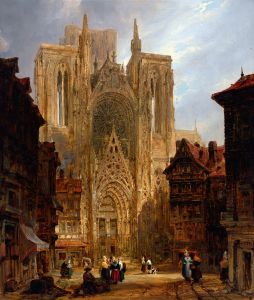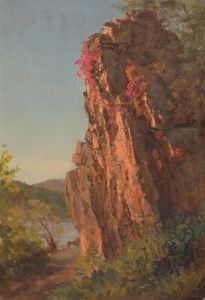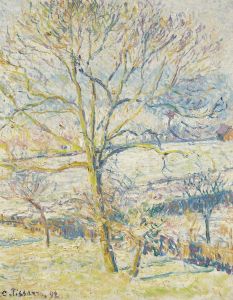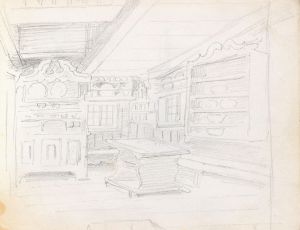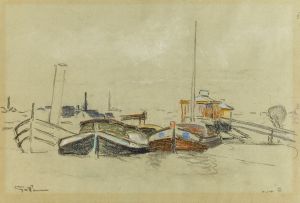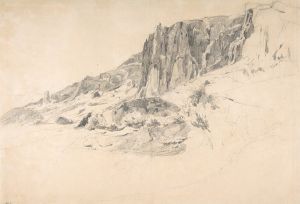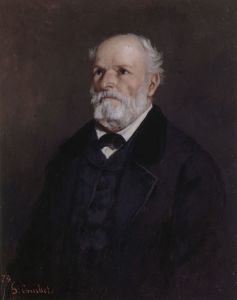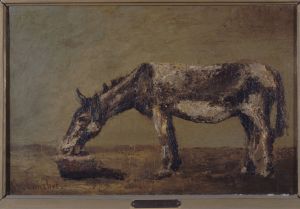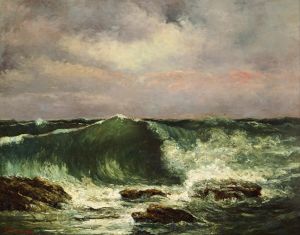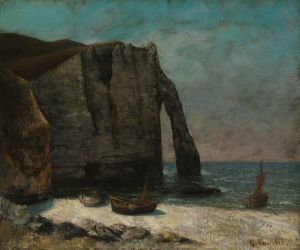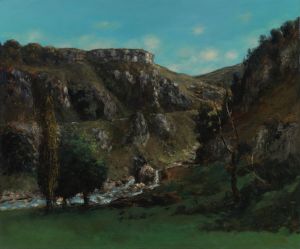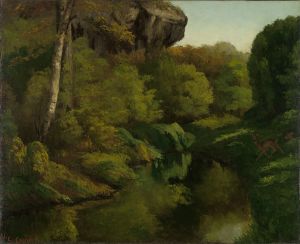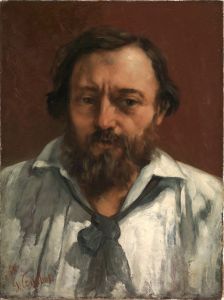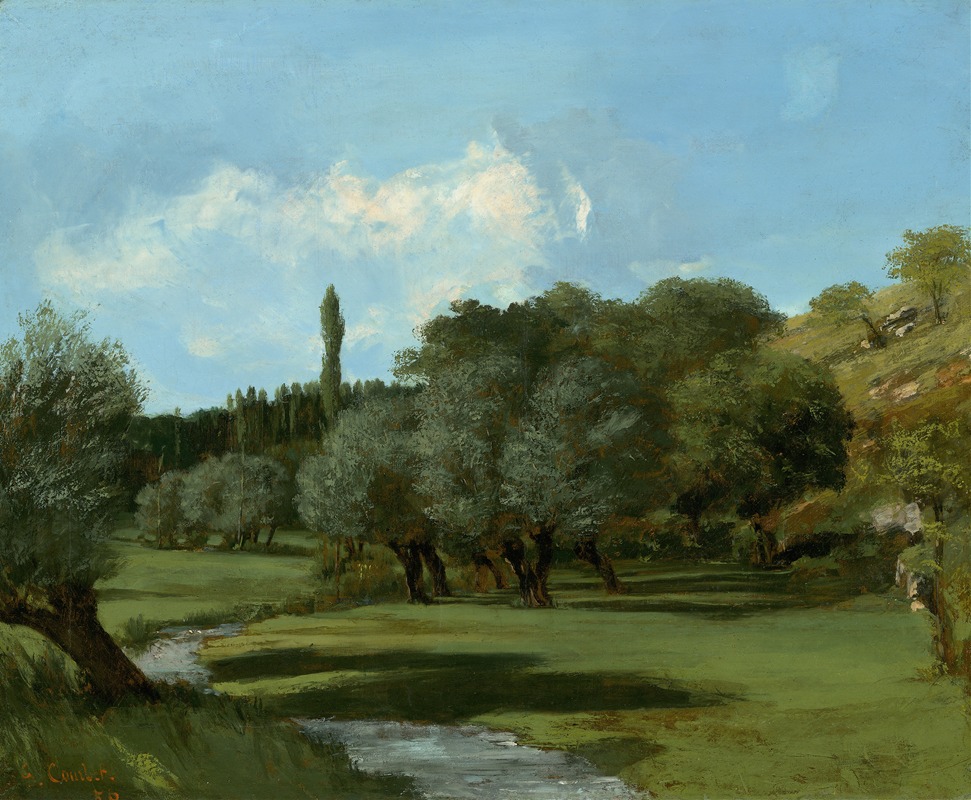
La Bretonnerie in the Department of Indre
A hand-painted replica of Gustave Courbet’s masterpiece La Bretonnerie in the Department of Indre, meticulously crafted by professional artists to capture the true essence of the original. Each piece is created with museum-quality canvas and rare mineral pigments, carefully painted by experienced artists with delicate brushstrokes and rich, layered colors to perfectly recreate the texture of the original artwork. Unlike machine-printed reproductions, this hand-painted version brings the painting to life, infused with the artist’s emotions and skill in every stroke. Whether for personal collection or home decoration, it instantly elevates the artistic atmosphere of any space.
Gustave Courbet, a prominent French painter and a leading figure in the Realist movement, created the painting "La Bretonnerie in the Department of Indre." Courbet was known for his commitment to depicting everyday life and landscapes with a sense of realism that challenged the conventions of his time. Born in 1819 in Ornans, France, Courbet's work often reflected his deep connection to the French countryside and his desire to portray the natural world with authenticity and precision.
"La Bretonnerie in the Department of Indre" is one of Courbet's landscape paintings, capturing the serene and picturesque scenery of the Indre department in central France. The Indre region, known for its rolling hills, lush forests, and tranquil rivers, provided a rich source of inspiration for Courbet, who sought to convey the beauty and tranquility of the French countryside through his art.
In this painting, Courbet employs his characteristic technique of using a palette knife to apply thick layers of paint, creating a textured and dynamic surface that enhances the naturalistic quality of the scene. The composition likely features a harmonious blend of natural elements, such as trees, water, and sky, rendered with meticulous attention to detail and a keen eye for the subtleties of light and shadow.
Courbet's approach to landscape painting was revolutionary for its time, as he rejected the idealized and romanticized depictions of nature that were prevalent in academic art. Instead, he focused on capturing the raw and unembellished beauty of the natural world, often choosing ordinary and unremarkable scenes as his subjects. This commitment to realism and authenticity is evident in "La Bretonnerie in the Department of Indre," where Courbet's careful observation and masterful technique bring the landscape to life.
Throughout his career, Courbet faced both acclaim and controversy for his unorthodox methods and subject matter. His dedication to realism and his refusal to conform to traditional artistic standards earned him a reputation as a rebellious and innovative artist. Despite facing criticism from some quarters, Courbet's work had a profound impact on the development of modern art, influencing subsequent generations of artists who sought to break free from conventional norms and explore new ways of representing the world around them.
"La Bretonnerie in the Department of Indre" exemplifies Courbet's skill as a landscape painter and his ability to capture the essence of the French countryside with honesty and sensitivity. The painting stands as a testament to Courbet's enduring legacy as a pioneer of the Realist movement and a master of capturing the beauty of the natural world.
While specific details about the painting's current location or provenance may not be readily available, its significance within Courbet's body of work and its contribution to the Realist movement remain undisputed. Through works like "La Bretonnerie in the Department of Indre," Gustave Courbet continues to be celebrated as one of the most influential and visionary artists of the 19th century.





